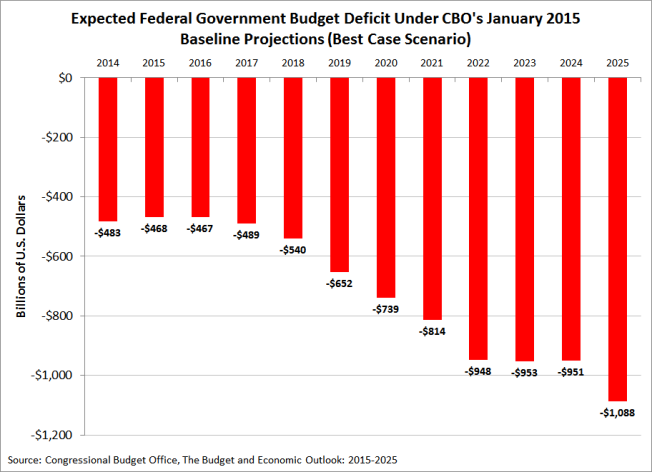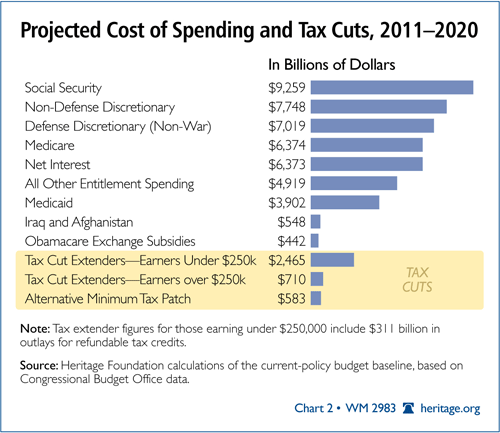
Ho (2011) shows that the impact of performance information on budgetary decisions seems limited. Lee and Wang (2009) find no evidence that PB has slowed down budgetary growth in the United States while they find a dampening impact for Taiwan. Shin (2010) analyzes the impact of PB in US higher education institutions and finds no evidence for an increase in performance. Yaisawarng and Burgess (2006) find that PB has improved the efficiency in hospitals of the US Department of Veteran Affairs. The participants’ assessment of the impact of PB on performance is mixed, but there is a broad consensus that PB has increased the workload of all agents. Melkers and Willoughby (2001) report on a survey among members of the executive and legislative branch of local government in the United States. ( Diamond 2003 Robinson 2007c).Ī number of scholars have evaluated the impact of PB on performance. Therefore, PB sets incentives for the units to exert more effort and improve performance. Thus, at the margin, there is a positive relationship between a unit’s performance as assessed by the policy-makers and the amount of funds it can expect.

Moreover, units that want to keep their budget share need to keep up with other units when the latter improve their performance. Units that-according to the available information-perform well can expect more funds than they could if their performance was poor. However, they draw on the performance information when making their discretionary decisions.

Instead, policy makers allocate the budget in a procedure that leaves substantial room for discretionary decisions. The vast majority of existing PB regimes does not rely on allocation schemes that automatically divide funds among units based on the performance information. Third, PB is a tool by which policy-makers can induce changes in units’ behavior: Given that the overall amount of funds is limited, units compete with each other for scarce public funds. Second, PB improves political accountability and increases citizens’ acceptance for budgetary decisions. First, PB provides the informational basis that allows policy-makers to make better informed choices and direct scarce resources to where they are needed most ( Hou et al. Three main arguments support the introduction of PB. PB schemes that rely on a fully specified allocation formula based on numerical indicators only are the rare exception ( Curristine 2007 Robinson 2007a).

Despite the importance of numerical indicators in some fields, their overall importance is limited. In some countries, similar schemes are applied to hospitals or cadastre services ( Curristine 2007, ch. PB schemes are widespread in the field of higher education ( Guthrie and Neumann 2007 Curristine 2007 Shin 2010 Wilkesmann and Schmid 2012). Their numerical performance indicators include output measures such as number of students per year for schools and universities, average unemployment duration for employment agencies, and performance ratings from surveys among customers of the administrative unit ( Game 2006). In the last decades, many countries introduced performance budgeting in the public sector ( Curristine 2007 Robinson 2007a).
#BASELINE BUDGETING FINANCES GOVERNMENT WASTE HOW TO#
Policy-makers use this information when deciding how to allocate budgetary funds across different units ( Jordan and Hackbart 1999 Robinson 2007b). Under PB, the subordinate units that produce public services have to provide policy makers with reports on their performance. The concept of performance budgeting (PB) originates from an exchange between scholars from management science, administrative sciences, and practitioners in public administration.


 0 kommentar(er)
0 kommentar(er)
